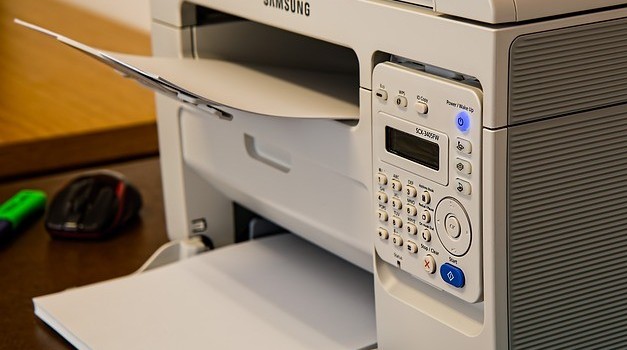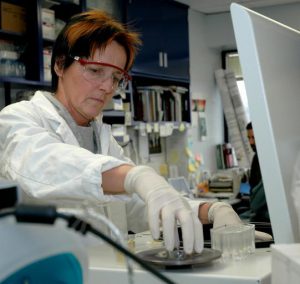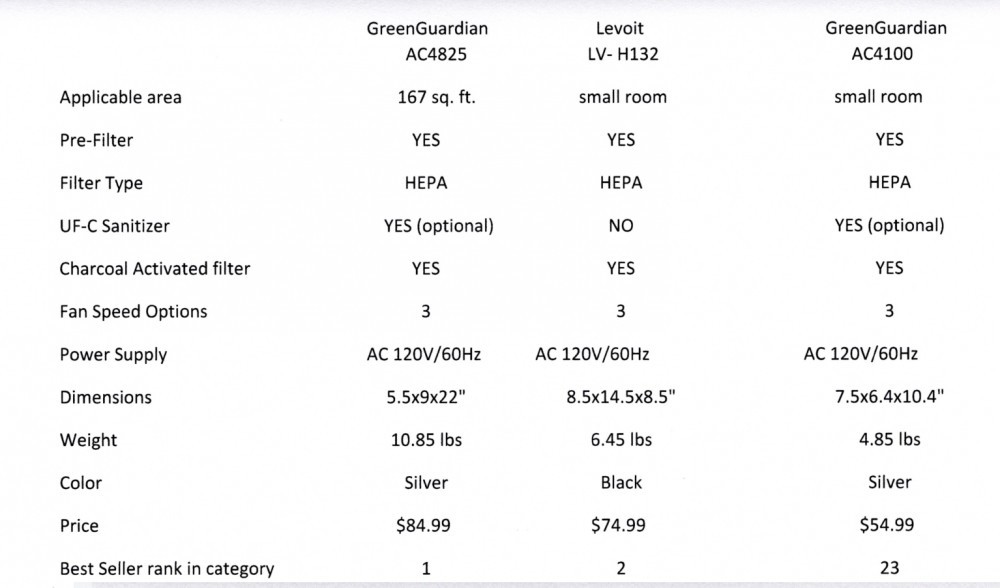
I have written before on the health risks associated with unhealthy air in our homes and how to improve indoor air quality. However, many of us spend considerable time outside our homes in our offices at work. Our work place may not have adequate air quality. In particular, scientists tell us that office equipment such as printers, fax machines and computers generate Volatile Organic Compounds (VOC)s which may not be removed by the office air conditioning system.
Furthermore, since office machines are in close proximity to the people who use these machines, both at home and in offices, their effect on health requires urgent examination.
What the Scientists tell us
Laboratory tests have detected the following harmful emissions emanating from common office equipment:
Toluene, Styrene, Benzene,Chloroform and Metyl Chloride. In addition, the ozone emitted by printers can combine with other VOCs in the room and produce harmful secondary pollutants and ultrafine aerosol particles [1]. These tests also showed that emissions from laser printers were higher than those from ink-jet printers [2].

To address this air pollution created indoors it is recommended that cool and dry clean air be introduced close to the breathing zone of each individual [3].
To comply with this recommendation it is advisable that we keep on our desk a small air purifier that will protect our personal environment. This small air purifier, suitable for areas 50 to 150 square feet, does not have to be expensive. Many low cost small air purifiers are available in the market.
Desktop Air Purifiers
To select a suitable Desktop Air Purifier we must evaluate the quality of each of the main elements of the Air Purifier.
– Pre-Filter
– Main Filter
– Carbon Activated Filter
– UFC Light (optional)
PRE-FILTER
Particulate matter (PM) air pollution is an air suspended mixture of solid and liquid particles of various sizes. Scientists classify the particles in 3 categories.
Coarse Particles – larger than 2.5 micrometer ( PM10) . Examples: dust, pollen, mold,spores,pet dander
Fine Particles – smaller than 2.5 micrometer ( PM2.5) . Examples: VOCs such as benzene, toluene and formaldehyde from smoking, cooking on gas stoves, cleaning fluids, solvents and pesticides.
Ultrafine Particles – smaller than 0.1 micrometer (included in the PM2.5 classification) Examples: vehicle exhaust gases, gases from atmospheric photochemical reactions, viruses.
The majority of the particles present in our homes or offices are large particles. These large particles can clog the main filter in the air purifier reducing its efficiency for capturing the smaller, more dangerous particles.
Therefore, it is very important that the air purifiers include a pre-filter to remove the large particles. The pre-filter should be easily removed so that it can be cleaned or replaced regularly. This will insure efficient operation of the Air Purifier.
MAIN FILTER
There are mainly two types of filters for particle collection.
– Electrostatic Precipitation Filters (ESP)
ESP’s use a high voltage wire to charge incoming particles which are then collected on charged plates inside the air cleaner. These units are mostly installed in whole house ventilation systems. We will not examine this type of filters in this article, which is aimed only at Desktop Air Purifiers.
– Fibrous Media Filters
Within this category we recommend the High Efficienct Particulate Air (HEPA) Filters. These filters are manufactured as flat pleated sheets of different thicknesses. As the air is forced through the filter the particulates are attracted and get attached to the HEPA filter fibers. The HEPA filters offer the highest available particle removal efficiency of fibrous media filters. They usually have a removal efficiency of 99% or higher. There are two methods for evaluating fibrous media filters.
a ) Efficiency Testing
The American Society of Heating, Refrigeration and Air Conditioning Engineers (ASHREA) in their standard 52.2 specify a testing method. This method measures the removal efficiency of particles sizes 0.3 to 10 micrometers in diameter. The test results are reported as Minimum Efficiency Reporting Value (MERV) numbers ranging from MERV 1 to Merv 16. The rating numbers are based on the average removal efficiency for 3 particles sizes in ranges .3 to 1 micrometers, 1 to 3 micrometers, and 3 to 10 micrometers. The better the filter the higher the MERV number. The test method is very specific.
Filters with a MERV 13 rating must remove at least 50% of the 0.3 to 1 micrometer particles. This size of particles are the most harmful of human health. The HEPA filters are equivalent to MERV 16. Many filter manufacturers display the MERV number on their filter packaging.
b ) Clean Air Flow through the Filter
When the filters are installed in a portable Air Purifier the efficiency of the Air Purifier and Filter is measured in units of Clean Air Delivery Rate (CADR). This is a measure of the Air Purifier delivery of relatively clean air, expressed in cubic feet per minute (cfm).
In comparing different Desktop Air Purifiers we should compare their HEPA filter and their CADR ratings.
CARBON ACTIVATED FILTER
Carbon Activated Filters are an additional filter that is incorporated in the best Desktop Air Purifiers to adsorb odors from pets, smoking and cooking. In some Air Purifiers the carbon activated filter is combined with the pre-filter.
UVC LAMP
A UFC lamp is an ultraviolet germicidal lamp with a wavelength of 200 to 300 nanometers (nm) used to destroy germs and viruses. The UFC light has been shown to kill airborne germs including staph, influenza and pneumonia. One of the recommended Desktop Air Purifiers incorporates a photocatalyst TiO2 activated by the UFC light and combined with an activated carbon filter. This combination is reported to increase the pollutant removal efficiency and also to reduce the amount of secondary VOCs [4].
Although many scientists believe that UVC rays are not harmful to humans, there are others who differ from this opinion. It is possible to select a Desktop Air Purifier that includes an UFC lamp but the lamp can be turned off. So use of the UFC lamp can be optional. Or it could be used during business off hours when people are not present.
Comparison of 3 Excellent Desktop Air Purifiers

Conclusion
We must take the steps necessary to ensure that our environment is healthy. Clean indoor air is our individual responsibility, at home or in the office. I encourage you to look into Desktop Air Purifiers to improve your personal environment.
For details on the Air Purifier I recommend click here
References
[1] Hugo Destaillats et al. “Indoor pollutants emitted by office equipment”.A review of reported data and information needs. Lawrence Berkeley National Laboratory, Environmental Energy Technologies Division.January 2007,LBNL-62082
[2] S.C.Lee,Sanches Lam,Ho Kin Fai.” Characterization of VOCs,ozone,and PM10 emissions from office equipment in an environmental chamber”.Department of Civil and Structural Engineering, The Hong Kong Polytyechnic University,Hong Kong. Building and Environment 36(2001)837-842
[3] P.Ole Fanger. “Indoor Air Quality in the 21st. Century Search for Excellence”. Indoor Air/Volume 10, Issue 2,December 2001. Study from the Technical University of Denmark.
[4] C.H.Ao,S.C.Lee. ” Indoor air purification by photocatalyst TiO2 immobilized on an activated carbon filter installed in an air cleaner.” Department of Civil and Structural Engineering.The Hong Kong Polytechnic University.Chemical Engineering Science. 60(2005)103-109

Carlos
carlos@improvingindoorairquality.com